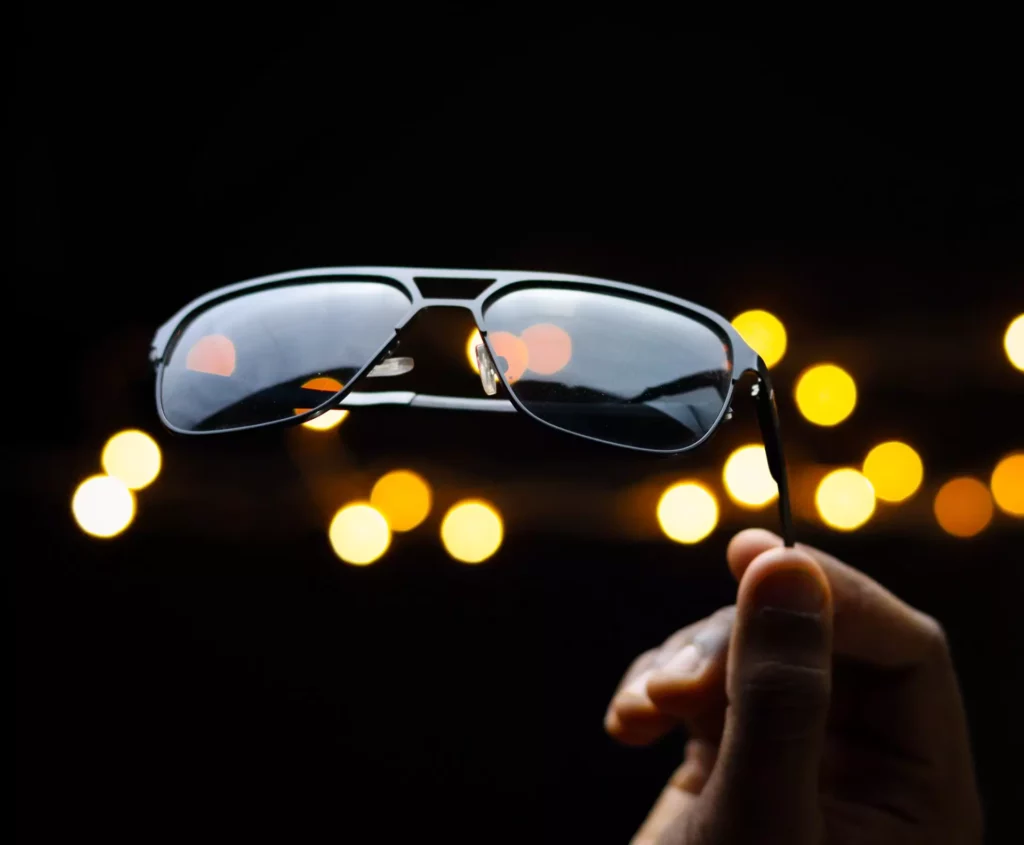Polarized sunglasses are popular eyewear accessories that offer several benefits, including reducing glare and improving visual clarity. One intriguing phenomenon that some individuals may have noticed when wearing polarized sunglasses is the appearance of rainbows. While rainbows are typically associated with atmospheric conditions and water droplets, the presence of rainbows in conjunction with polarized sunglasses seems peculiar. This article aims to delve into the science behind this phenomenon and explain why polarized sunglasses can make rainbows.
Understanding Polarization

Before delving into the relationship between polarized sunglasses and rainbows, it is essential to grasp the concept of polarization. Light travels in waves, and the direction of these waves can be either vertical, horizontal, or at various angles in between. When light waves reflect off a surface, such as water or a flat road, they often become horizontally polarized. This horizontal polarization results in a significant amount of glare, which can be distracting and even hazardous, particularly when driving or engaging in outdoor activities.
The Role of Polarized Sunglasses
Polarized sunglasses are designed to combat this glare by utilizing a special filter that blocks horizontally polarized light waves. This filter, known as a polarizing filter, only allows vertically polarized light waves to pass through, significantly reducing glare and enhancing visual clarity. As a result, polarized sunglasses provide a more comfortable viewing experience, especially in bright conditions or near reflective surfaces.
The Science behind Rainbows
Rainbows occur due to the interaction of sunlight and water droplets in the atmosphere. When sunlight enters a water droplet, it undergoes refraction, where the light bends as it enters and exits the droplet. Additionally, the light waves inside the droplet undergo reflection and dispersion. The dispersion phenomenon causes the different wavelengths of light to spread out, revealing the familiar spectrum of colors.
Polarization and Rainbows
Rainbows are formed through the interaction of light and water droplets, with polarization playing a crucial role. The sunlight that creates rainbows is unpolarized, meaning the light waves are oriented in various directions. As the sunlight enters water droplets and undergoes refraction, some of the light becomes polarized. Specifically, the light waves that are parallel to the surface of the droplet become polarized horizontally, while the waves perpendicular to the surface remain unpolarized.
When polarized light waves reflect off water droplets in the atmosphere, they can undergo additional polarization. The reflection of polarized light can cause the waves to become more polarized in a particular direction. This phenomenon is known as “Brewster’s angle,” where the angle of incidence and the angle of reflection become perpendicular to each other. When light reaches this angle, the reflected light becomes highly polarized.
The Connection to Polarized Sunglasses
The reason polarized sunglasses can make rainbows is because of their ability to selectively filter polarized light waves. As mentioned earlier, polarized sunglasses allow vertically polarized light waves to pass through while blocking horizontally polarized waves. In the case of rainbows, when polarized light waves are reflected off water droplets and reach the viewer’s eyes, they may become horizontally polarized.
When individuals wearing polarized sunglasses observe a rainbow, the polarized lenses can filter out some of the horizontally polarized light waves. This selective filtering alters the balance of light wavelengths reaching the eyes, potentially affecting the appearance of the rainbow. The filtering effect of the sunglasses may diminish the intensity or even alter the colors of the rainbow observed.
Conclusion
Rainbows are a natural wonder that brings joy and awe to those who witness them. While polarized sunglasses primarily aim to reduce glare and improve visual comfort, they can inadvertently enhance the visibility of rainbows by selectively filtering out horizontally polarized light. This interaction between polarized sunglasses and rainbows showcases the intricate interplay between light polarization, refraction, and dispersion. So, the next time you spot a rainbow on a sunny day while wearing polarized sunglasses, take a moment to appreciate the harmony of science and nature converging before your eyes.



Recent Comments